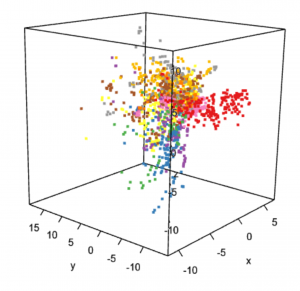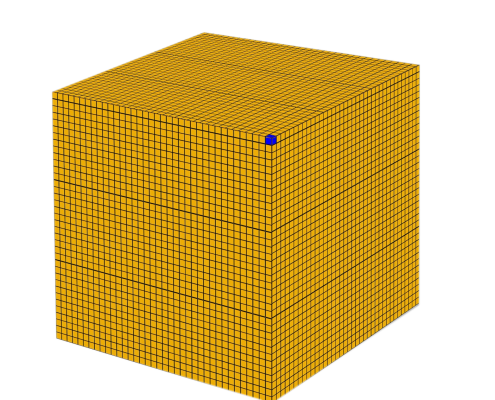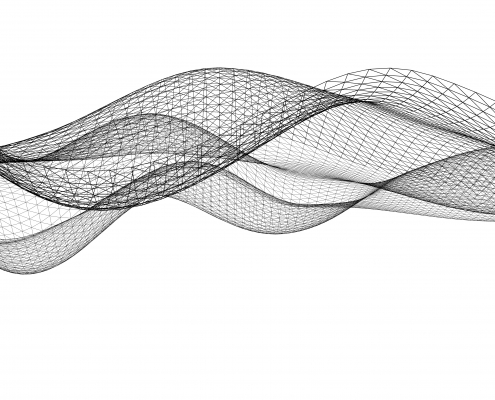
Multifrequency ultrasonics
Depending on the configuration, the SONEM sensor technology allows the generation of a multifrequency ultrasonic signal over a wide frequency band (MHz range). Due to the high resolution of the sensor system, in combination with SONEM Analytics, detailed information about the media to be characterized can be obtained.
Impedance differences
Due to different ultrasonic resistances of two liquids, a partial reflection occurs at the interface of both. The greater the impedance difference of the liquids, the greater the reflected portion of the signal.
Dispersion
As soon as the ultrasonic signal hits molecules, they are deflected from their rest position. The dispersion effect is caused by the characteristic ultrasonic properties of each medium. Consequently, each medium reacts individually to an ultrasonic signal and thus generates substance- and frequenzy-specific ultrasonic speeds. Hence, conclusions can be drawn about the medium.
Speed of sound
Depending on the predominant molecular bond, each substance has a specific speed of sound.
Received signal
The received ultrasonic signal is measured for various physical properties, such as transit time. The high precision results in a resolution of
Fingerprint based
Monitoring Analysis Optimization Development
The generated data set is evaluated and further processed with the AI algorithms of SONEM Analytics. The result is the SONEM “fingerprint”! A unique, detailed data set that allows monitoring and quality control of a medium. This “fingerprint” can be used to enable quality assurance across different batches and locations.







